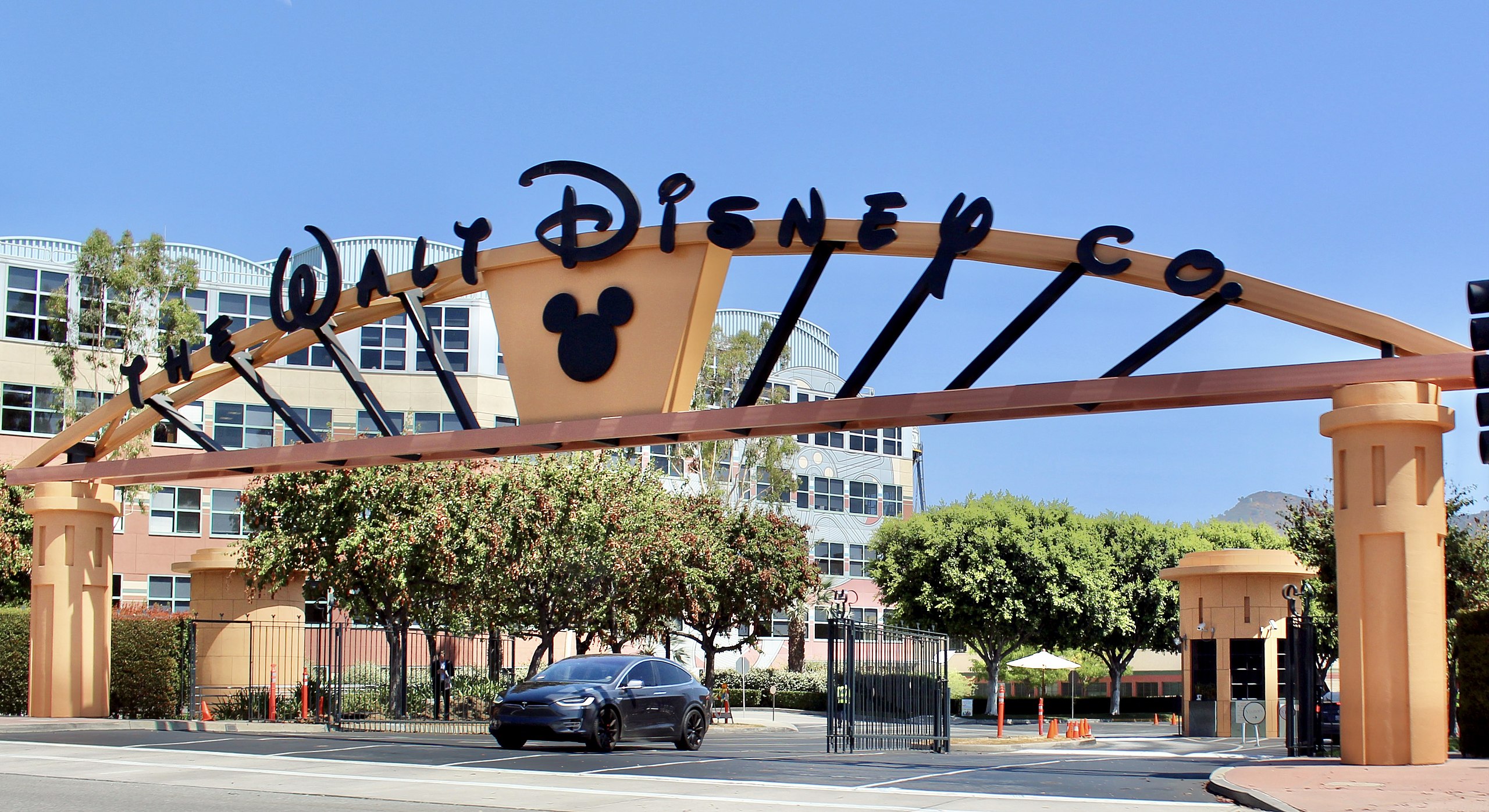Smartcasting: New Broadcast Media in the Digital Era
Why broadcasters need to adopt a flexible, intelligent, digital-first framework

For nearly a century, over-the-air television has served as a cornerstone of public service, delivering essential news, cultural programming, and emergency information to millions. However, today's evolving media landscape presents challenges to this legacy infrastructure, as it increasingly diverges from modern consumption habits and technological capabilities.
Traditional broadcasting operates on a fixed, high-power model that consumes identical spectrum and energy resources regardless of actual viewership. This established system faces structural limitations in an era that increasingly prioritizes personalization, interactivity, and spectrum flexibility.
Audience preferences have shifted toward streaming platforms offering convenience, customization, and on-demand access—features that traditional broadcasting has difficulty providing. This represents a substantive change in how viewers wish to engage with content.
The geographic coverage that defined broadcasting's initial value now reveals certain constraints: households receive identical linear feeds regardless of individual interests or schedules. In the context of digital personalization, this standardized approach affects traditional television's relevance and impact.
To maintain its essential role, broadcasting requires evolution—not by departing from its foundational principles of universal service and public interest, but by adapting them to a flexible, intelligent, digital-first framework.
The Public Airwaves
The electromagnetic spectrum is a finite public asset, with broadcasters operating under a social contract to use it responsibly. When Congress established the Federal Communications Commission in 1934, it codified the principle that airwaves belong to the public, with licenses granted to serve the "public interest, convenience, and necessity."
In 2025, this obligation encompasses equitable information access, resilient crisis infrastructure, educational opportunities, and digital inclusion. The current broadcast model presents challenges in optimizing these goals. Fulfilling its mandate requires broadcasting to become more adaptive and collaborative—capable of integration with digital networks, supporting national connectivity initiatives, and maintaining operations during emergencies.
The professional video industry's #1 source for news, trends and product and tech information. Sign up below.
A Different New Media
Smartcasting integrates over-the-air transmission with broadband connectivity, reconfiguring traditional broadcasting as a dynamic system responsive to both audience needs and infrastructure requirements.
Three key innovations define Smartcasting:
1. Dual-Mode Content Delivery
Rather than positioning broadcasting and streaming as separate approaches, Smartcasting integrates them into a unified system. Content is distributed via the most appropriate channel—over-the-air or broadband—based on real-time demand, device capabilities, and network conditions.
Major events such as national emergencies, elections, or popular sports represent appropriate applications for traditional broadcasting, which delivers content to many viewers simultaneously without placing excessive demands on internet infrastructure. Specialized programming and targeted services utilize broadband, conserving spectrum while enabling personalized experiences.
This integrated approach makes delivery methods transparent to users. Whether content arrives via antenna or IP stream, viewers interact through a consistent interface. Smartcasting adapts television into a platform that selects efficient delivery paths based on viewing context.
2. Intelligent Spectrum Management
Smartcasting replaces static broadcasting with a data-informed approach. Using analytics, AI algorithms, and audience measurement, it adjusts power levels, channel usage, and delivery modes throughout the day.
Standard broadcast power ensures appropriate reach during peak hours. During off-peak periods, the system can modify transmission parameters, shift programming to broadband, or temporarily repurpose spectrum for community services such as rural internet access.
Live, critical content receives priority, while pre-recorded and time-shifted programming adapts to audience behavior and spectrum availability. This approach enhances efficiency while supporting broader digital infrastructure objectives, including 5G deployment and rural broadband expansion.
3. Datacasting to the Edge
Smartcasting employs datacasting to decouple content delivery from real-time viewing. During overnight hours when demand is reduced, it can transmit 80% content libraries to compatible devices.
This locally cached content becomes available on-demand without requiring real-time transmission or increasing demand on broadband networks. This approach presents significant opportunities: a substantial percentage of non-live programming could be delivered overnight, allowing daytime spectrum allocation for internet backhaul, telehealth, or distance learning applications.
Public Resilience and Equity
Smartcasting's technological innovations address several digital challenges:
Repurposing TV Spectrum for People
In underserved areas, broadband deployment faces economic and technical barriers. Smartcasting offers an alternative approach by repurposing broadcast spectrum for broadband services during non-peak hours. Combined with overnight datacasting for non-live content, broadcasters can contribute to national connectivity objectives.
By utilizing existing infrastructure to deliver both television and internet services, Smartcasting helps address digital divide issues—supporting education, telehealth, job training, and civic participation in communities with limited connectivity options.
Crisis Connectivity
During emergencies, electrical grids and cellular networks may become unavailable. Traditional television receivers require power to function. Smartcasting enhances community resilience by broadcasting alerts to battery-powered mobile devices.
Using spectrum-repurposed communication, broadcasters can reach mobile audiences during power and connectivity disruptions. This ensures that important updates, evacuation orders, and emergency instructions remain accessible through commonly available devices.
By extending emergency broadcasts beyond stationary television receivers, Smartcasting provides an additional communication channel—operating independently of the power grid while complementing existing alert systems.
Cultural and Educational Access
As media platforms increasingly implement subscription models, Smartcasting ensures educational and cultural programming remains accessible. Using compression technologies and overnight datacasting, broadcasters can deliver 4K and even 8K content to viewers without requiring broadband access, significant financial resources, or subscription fees.
This approach to universal access fulfills public broadcasting's established mission while adapting it for contemporary digital contexts.
Efficiency and Sustainability
Traditional high-power transmission requires substantial energy resources. Smartcasting reduces consumption through dynamic power scaling, adaptive delivery, and datacasting—decreasing broadcasters' environmental impact while reducing operational costs without compromising service quality.
Technology Integration
Smartcasting implementation requires integration of several technologies. Distribution systems evaluate viewer behavior, device capabilities, and network performance to determine appropriate content delivery pathways, ensuring reliability and responsiveness.
The NextGen TV standard (ATSC 3.0) provides the technical foundation for hybrid broadcast-broadband functionality, with IP-based compatibility that integrates television into the broader digital ecosystem."
Supporting this model is edge caching and datacasting infrastructure that preloads content during off-peak hours, reducing congestion while ensuring access to important programming such as public health messages and educational materials.
The NextGen TV standard (ATSC 3.0) provides the technical foundation for hybrid broadcast-broadband functionality, with IP-based compatibility that integrates television into the broader digital ecosystem. These technologies have been deployed in pilot markets, demonstrating their feasibility and scalability.
Implementing Smartcasting requires coordination among stakeholders, targeted investment, and appropriate regulatory frameworks to realize its potential benefits.
Industry Collaboration
Developing Smartcasting requires participation from broadcasters, device manufacturers, regulators, and public-interest organizations.
Broadcasters must adapt operations and invest in infrastructure supporting dual delivery across airwaves and broadband. This requires adoption of new technical capabilities and reconsideration of their role as content providers within a converged digital environment.
Device manufacturers can help ensure consumer hardware—televisions, smartphones, tablets, and set-top boxes—supports Smartcasting with appropriate technical capabilities, particularly in areas with limited connectivity.
Regulators have the complex task to review licensing models to accommodate flexible, hybrid spectrum use. Updated frameworks should promote efficiency, enable spectrum-sharing, and address the needs of underserved communities, while maintaining transparency, accountability, and appropriate oversight.
Public-interest organizations serve as important advocates to ensure Smartcasting supports inclusion, accessibility, and equity goals. These groups can provide input, monitor implementation, and collaborate on applications serving diverse public needs.
Smartcasting's effectiveness depends on technology implementation and a coordinated approach to broadcasting as a public resource that connects innovation with established public service principles.
Conclusion: Serving Society at Scale
Smartcasting represents an evolution of television broadcasting that builds upon the digital transition. By connecting over-the-air infrastructure with broadband, digital intelligence, and spectrum management, it adapts television to function as a flexible, inclusive, and resilient public platform.
This approach extends beyond technical modifications—it represents a systematic adaptation recognizing that media must respond to both consumer preferences and broader societal requirements: information access, emergency communication, environmental responsibility, and cultural preservation.
In our changing media landscape, Smartcasting reinforces the principle that public airwaves should serve the public interest. As audience expectations, industry capabilities, and technology continue to develop, Smartcasting offers a framework for the future—one where television maintains relevance, resilience, and accessibility, aligned with the requirements of our digital society.

Ling Ling Sun is Vice President of Technology for Maryland Public Television and former CTO at Nebraska Public Media from 2014 to 2025.
A respected industry leader, Sun serves as a director on the ATSC Board and is an active member of the NAB Television Technology Committee. Her commitment to public broadcasting is evidenced by her two consecutive terms chairing the PBS Engineering Technology Advisory Committee (ETAC) from 2013 to 2018, alongside her service on the PBS Interconnection Committee. Sun further demonstrated her leadership by heading the NAB Broadcast Engineering & Information Technology (BEIT) Conference Program Committee in both 2023 and 2024. Additionally, she has contributed her expertise to the Technical Panel of the Nebraska Information Technology Commission.
